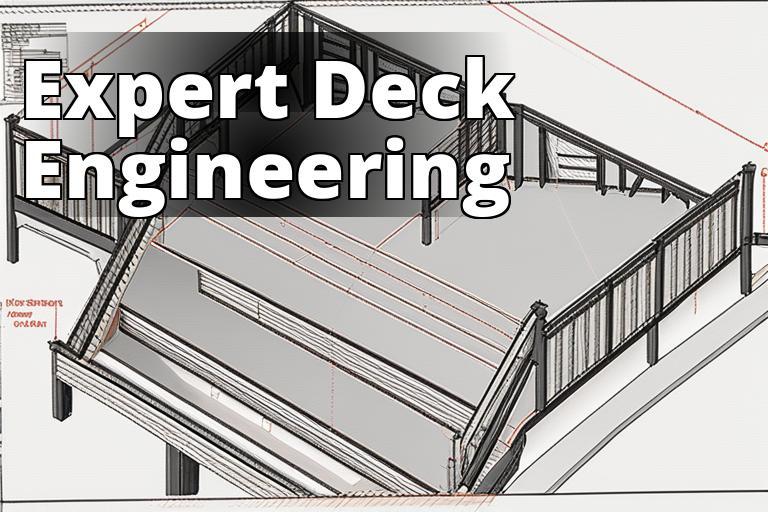
Mastering Deck Design Engineering in San Francisco: A Step-by-Step Guide
What You’ll Learn About Deck Design Engineering in SF
By reading this article, you will learn:
– The importance of hiring a structural engineer for deck design projects in San Francisco.
– Understanding the requirements, local building codes, and regulations specific to San Francisco for deck design engineering.
– Factors to consider, such as load-bearing capacity, materials, aesthetics, and collaboration during the design phase in SF.
Deck design engineering in San Francisco is a crucial aspect of creating safe and functional outdoor spaces. Whether it’s a residential property or a commercial establishment, a well-designed deck can enhance the aesthetics and functionality of any space. In this article, we will explore the process of deck design engineering in San Francisco, discussing the importance of hiring a structural engineer for such projects.

Definition and overview of deck design engineering in San Francisco
Deck design engineering involves the planning, analysis, and construction of decks in accordance with structural principles and local building codes. It goes beyond simply creating a visually appealing deck; it ensures that the structure is safe, stable, and capable of withstanding the loads it will be subjected to. Deck design engineering takes into account factors such as load-bearing capacity, materials, site conditions, and aesthetics to create a well-designed and structurally sound deck.
Importance of hiring a structural engineer for deck design projects in SF
When it comes to deck design in San Francisco, hiring a structural engineer is of utmost importance. A structural engineer possesses the knowledge and expertise to assess the existing structure and determine its suitability for a deck. They can analyze the load-bearing capacity of the structure and design a deck that meets all safety requirements. Additionally, a structural engineer can collaborate with architects, contractors, and clients to ensure that the design and construction of the deck align with the overall vision of the project.
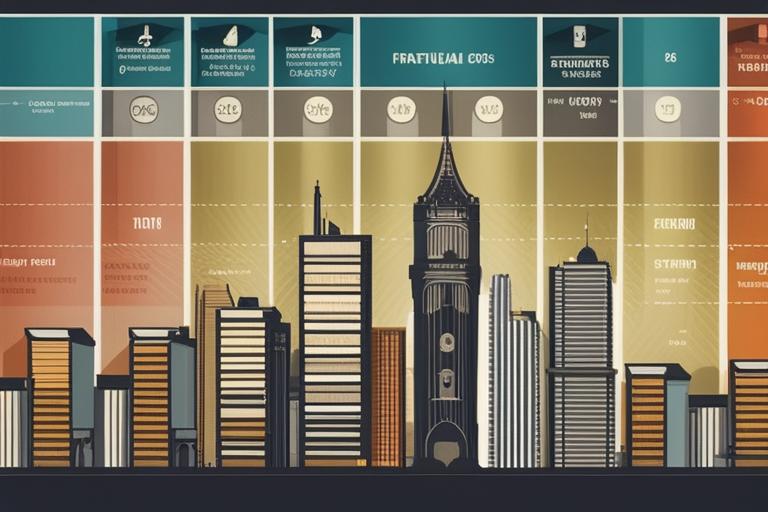
Understanding the Requirements for Deck Design Engineering in SF
To successfully undertake a deck design engineering project in San Francisco, it is crucial to understand the specific requirements and regulations that govern deck construction in the area. Familiarizing yourself with these requirements will help ensure compliance with local building codes and avoid any legal or safety issues.
Overview of the necessary requirements for deck design engineering
Deck design engineering in San Francisco must comply with various requirements, including building codes, zoning regulations, and permit guidelines. These requirements cover aspects such as structural integrity, dimensions, materials, setbacks, and safety measures. It is essential to have a clear understanding of these requirements before embarking on a deck design project.
Explanation of local building codes and regulations specific to San Francisco
San Francisco has specific building codes and regulations that govern deck design and construction. These codes address a wide range of factors, including seismic considerations due to the area’s high earthquake risk. They outline the minimum requirements for structural stability, fire resistance, and accessibility. Understanding these codes and regulations is vital to ensure that your deck design meets all necessary standards.
Site Assessment and Analysis for Deck Design Engineering in SF
Before beginning the design phase, a thorough site assessment is essential to determine the feasibility of constructing a deck and to identify any potential challenges or limitations. This assessment includes evaluating the existing structure, analyzing the site conditions, and considering the surrounding environment.
Step-by-step process of conducting a site assessment for deck design in SF
- Site Visit: A structural engineer visits the site to assess the existing structure and gather information about the project requirements.
- Structural Analysis: The engineer analyzes the load-bearing capacity of the existing structure, ensuring it can support the additional weight of the deck.
- Site Conditions: The engineer examines the site conditions, including soil stability, drainage, and any potential obstructions that may affect the deck construction.
- Environmental Factors: Environmental factors such as wind exposure, sun orientation, and views are taken into consideration to optimize the design and enhance the overall user experience.
Analyzing the existing structure and its suitability for a deck in San Francisco
The existing structure plays a crucial role in deck design engineering in San Francisco. A structural engineer assesses the structural integrity of the building, considering factors such as foundation stability, framing, and potential load-bearing capacity. This analysis determines whether the existing structure can support the additional weight and stresses imposed by the deck. If modifications are required to ensure structural stability, the engineer will provide recommendations and design solutions accordingly.
Designing the Deck in SF: Factors to Consider
Designing a deck in San Francisco requires careful consideration of various factors to ensure both functionality and aesthetic appeal. The design phase involves collaborating with architects, contractors, and clients to create a deck that meets the project’s goals and satisfies all stakeholders.
Factors to consider when designing a deck in San Francisco
- Load-Bearing Capacity: Determining the appropriate load-bearing capacity is crucial to ensure the deck can safely support the intended use and any potential future modifications.
- Materials: Choosing the right materials is essential for durability, aesthetics, and maintenance requirements. Factors such as weather resistance, sustainability, and cost should be considered when selecting materials for the deck.
- Aesthetics: The design of the deck should align with the overall architectural style and aesthetic of the property. Balancing functionality with visual appeal is key to creating a harmonious outdoor space.
Importance of load-bearing capacity, materials, and aesthetics in SF deck design
Load-bearing capacity is a critical consideration in deck design engineering in San Francisco due to the region’s seismic activity. The deck must be designed to withstand potential earthquakes and other environmental forces. Additionally, selecting the right materials ensures the deck’s longevity and minimizes maintenance requirements. Finally, considering aesthetics creates a visually pleasing outdoor space that adds value to the property.
Collaboration with architects, contractors, and clients during the design phase in SF
Collaboration is crucial during the design phase of deck design engineering in San Francisco. Working closely with architects, contractors, and clients ensures that the design aligns with the overall vision of the project. Architects provide input on the integration of the deck into the overall design, while contractors offer practical insights into construction methods and feasibility. Clients’ preferences and requirements are incorporated to create a deck that meets their specific needs.
Structural Calculations and Analysis for SF Deck Design Engineering
Structural calculations and analysis play a vital role in deck design engineering in San Francisco. These calculations determine the appropriate size, layout, and structural elements required to ensure the deck’s integrity and safety.
Explanation of the calculations and analysis done by deck design engineers in SF
Deck design engineers perform complex calculations to determine the load-bearing capacity of the deck and its components. These calculations consider factors such as live loads (people, furniture, etc.), dead loads (weight of the deck itself), and environmental loads (wind, seismic forces). By analyzing these factors, engineers can design the deck to withstand the forces it will experience during its lifespan.
Determining the appropriate size and layout of the deck based on structural integrity in SF
Based on the structural calculations, deck design engineers can determine the appropriate size and layout of the deck. This involves considering factors such as the span between support beams, the spacing and size of posts, and the positioning of any additional structural elements. By designing the deck with structural integrity in mind, engineers ensure that it will be safe, stable, and long-lasting.
Preparing Detailed Drawings for Deck Design Engineering in SF
Detailed drawings are a crucial component of deck design engineering in San Francisco. These drawings communicate the design intent and provide essential information for construction.
Importance of detailed drawings for SF deck design engineering projects
Detailed drawings serve as a reference for all parties involved in the construction process, including contractors, subcontractors, and inspectors. They provide precise information on dimensions, materials, connections, and other structural elements. Accurate and detailed drawings minimize errors and ensure that the deck is constructed as intended.
Elements that should be included in the drawings, such as dimensions, materials, and connections in SF
When preparing detailed drawings for deck design engineering in San Francisco, several elements should be included:
- Dimensions: Precise measurements of the deck’s size, including length, width, and height, are essential for accurate construction.
- Materials: Specifications of the materials to be used, such as the type of wood, fasteners, and finishes, ensure that the deck is built to the required standards.
- Connections: Detailed drawings should indicate the connections between various structural elements, such as beams, posts, and joists. This ensures that the deck is securely connected and structurally sound.
The Importance of Load-Bearing Capacity: A Case Study
Sarah’s Story
Sarah, a homeowner in San Francisco, wanted to add a deck to her property to enjoy the beautiful views of the city. Excited about the project, she initially considered designing the deck on her own to save on costs. However, after consulting with a structural engineer, she realized the critical importance of considering load-bearing capacity in deck design.
Sarah’s property, situated on a hillside, presented unique challenges for deck construction. The structural engineer conducted a thorough analysis of the existing structure and soil conditions to determine the appropriate load-bearing capacity for the new deck. By considering factors such as the weight of the deck, furniture, and potential occupancy, the engineer ensured that the design would meet safety standards and withstand the environmental conditions of San Francisco.
Ultimately, Sarah understood that prioritizing load-bearing capacity was crucial for the longevity and safety of her deck. The case study demonstrates the real-life implications of considering load-bearing capacity in deck design, especially in a city like San Francisco with its diverse terrain and microclimates.

Obtaining Permits for Deck Construction in SF
Before starting the construction of a deck in San Francisco, obtaining the necessary permits is mandatory. Understanding the permit process and the documents required is crucial to avoid potential delays or legal issues.
Overview of the permit process for deck construction in San Francisco
The permit process for deck construction in San Francisco typically involves the following steps:
- Application Submission: The property owner or their representative submits the deck design plans and other required documents to the local building department.
- Plan Review: The building department reviews the plans to ensure compliance with building codes and regulations. This process may involve multiple reviews and revisions.
- Permit Issuance: Once the plans are approved, the building department issues the necessary permits for deck construction.
Steps to follow and documents required to obtain necessary permits in SF
To obtain permits for deck construction in San Francisco, follow these steps:
- Research: Familiarize yourself with the specific permit requirements and regulations for deck construction in San Francisco.
- Design Plans: Prepare detailed deck design plans, including all necessary information on dimensions, materials, and connections.
- Application Submission: Submit the design plans, along with the permit application and any required supporting documents, to the local building department.
- Plan Review: Allow time for the building department to review and assess the design plans. Be prepared to make revisions if necessary.
- Permit Issuance: Once the plans are approved, the building department will issue the necessary permits for deck construction.
Construction and Project Management for SF Deck Design Engineering
During the construction phase of deck design engineering in San Francisco, effective project management is crucial to ensure compliance with design plans and building codes.
Supervising the construction phase to ensure compliance with design plans and building codes in SF
Supervision during the construction phase is essential to ensure that the deck is built according to the approved design plans. A structural engineer can provide oversight, ensuring that construction meets all necessary standards and regulations. Regular inspections and communication with contractors can help identify and address any issues or deviations from the approved design.
Collaboration with contractors and other professionals involved in the project in San Francisco
Collaboration with contractors and other professionals is key to successful deck construction in San Francisco. Contractors execute the construction work based on the approved design plans, while other professionals, such as electricians or plumbers, may be involved if additional features are included in the deck design. Effective communication and collaboration among all parties involved help ensure a smooth and efficient construction process.
Quality Assurance and Inspections for SF Deck Design Engineering
To guarantee the safety and functionality of the deck, quality assurance and inspections are conducted at various stages of the construction process in San Francisco.
Conducting inspections at various stages of the deck construction process in SF
Inspections are typically conducted at key stages of the deck construction process, including:
- Foundation: Inspections are carried out to ensure that the deck’s foundation is properly constructed and meets all necessary requirements.
- Framing: Inspections assess the structural framing of the deck, including beams, posts, and joists, to verify compliance with design plans and building codes.
- Connections: Inspections focus on the connections between various structural elements to ensure they are secure and capable of withstanding the deck’s loads.
Ensuring that the deck is built according to the approved design and meets safety standards in San Francisco
Quality assurance measures, such as inspections, help ensure that the deck is constructed according to the approved design plans and meets all safety standards. Inspections provide an opportunity to identify any construction issues or deviations from the approved design, allowing for timely corrections and adjustments.
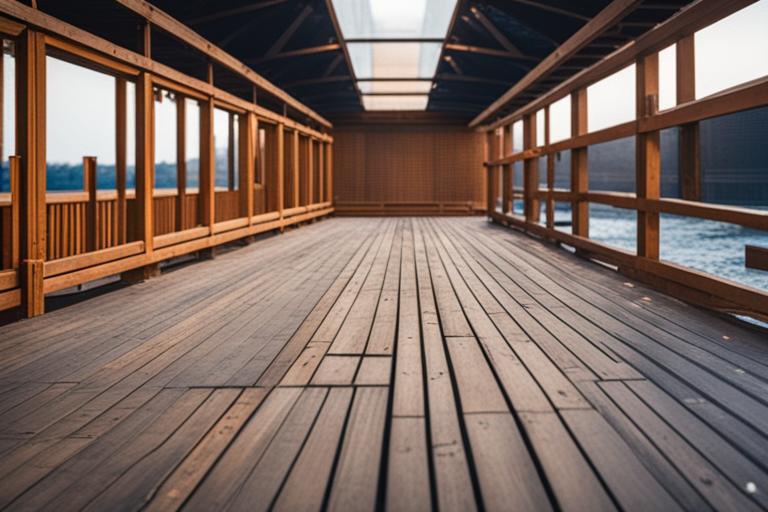
Maintenance and Longevity of Decks in SF
Proper maintenance is essential for the longevity and structural integrity of decks in San Francisco. By following a few key practices, property owners can prevent deterioration and ensure that their decks remain safe and functional for years to come.
Tips for maintaining the structural integrity and longevity of decks in San Francisco
- Regular Inspections: Conduct periodic inspections to identify any signs of damage, such as rot, decay, or loose connections. Promptly address any issues to prevent further damage.
- Cleaning: Regularly clean the deck to remove dirt, debris, and moisture, which can lead to mold, mildew, or wood rot. Use appropriate cleaning products and techniques for the deck’s specific material.
- Sealing and Staining: Apply a protective sealant or stain to the deck’s surface to enhance its resistance to moisture, UV rays, and general wear and tear. Follow the manufacturer’s instructions for application and reapplication.
Regular inspections and maintenance practices to prevent deterioration or damage in SF
Regular inspections and maintenance practices are essential to prevent deterioration and damage to decks in San Francisco. By addressing any issues promptly and implementing routine maintenance, property owners can extend the lifespan of their decks and avoid costly repairs or replacements.
Cost Considerations for Deck Design Engineering in SF
The cost of deck design engineering in San Francisco can vary depending on various factors. Understanding these cost considerations and implementing cost-saving strategies can help property owners budget effectively for their deck design projects.
Factors that influence the cost of deck design engineering in San Francisco
Several factors influence the cost of deck design engineering in San Francisco, including:
- Size and Complexity: Larger or more complex deck designs typically require additional engineering work, resulting in higher costs.
- Material Selection: The choice of materials for the deck can significantly impact the overall cost. High-quality or specialty materials may come at a higher price.
- Permit Fees: Permit fees vary depending on the size and value of the deck project. It is important to consider these fees when budgeting for deck design engineering.
Budgeting for deck design projects and potential cost-saving strategies in SF
When budgeting for deck design projects in San Francisco, it is essential to consider all associated costs, including materials, labor, permits, and engineering fees. To save costs, consider the following strategies:
- Material Selection: Opt for cost-effective yet durable materials that meet your aesthetic and functional requirements.
- Design Simplicity: Minimize complex design elements that may require additional engineering work or specialized materials.
- Collaboration: Work closely with a structural engineer and other professionals to optimize the design and identify cost-saving opportunities.
Common Questions
Q: Who provides deck design engineering services in SF?
A: Structural engineering firms in SF provide deck design services.
Q: What factors are considered in deck design engineering?
A: Factors such as load capacity, materials, and local codes are considered.
Q: How can I ensure the safety of my deck design?
A: Engage a licensed structural engineer for a thorough safety assessment.
Q: What if I want a unique deck design?
A: Structural engineers can create custom designs to meet your needs.
Q: How do I choose the right structural engineering firm?
A: Look for firms with experience in deck design and local regulations.
Q: What if my deck design doesn’t meet local codes?
A: Experienced engineers can modify the design to comply with codes.

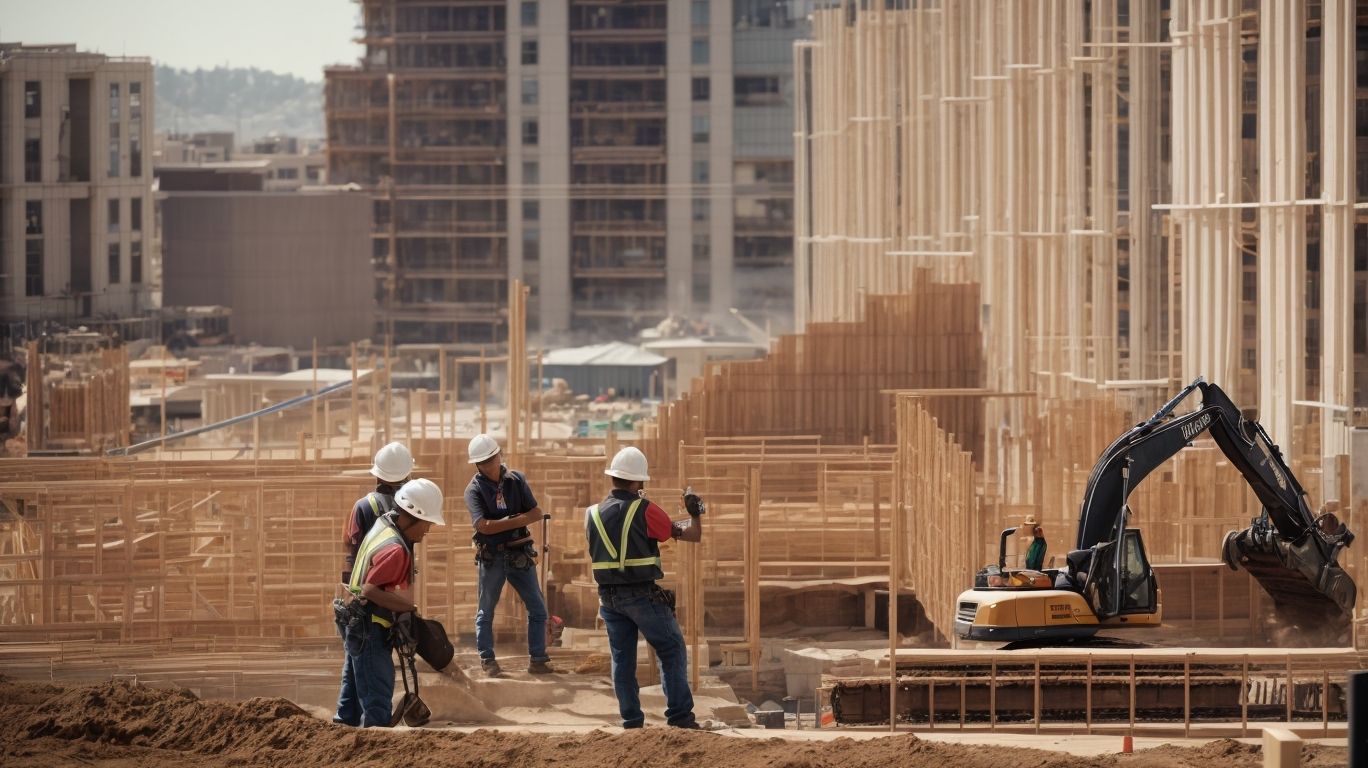
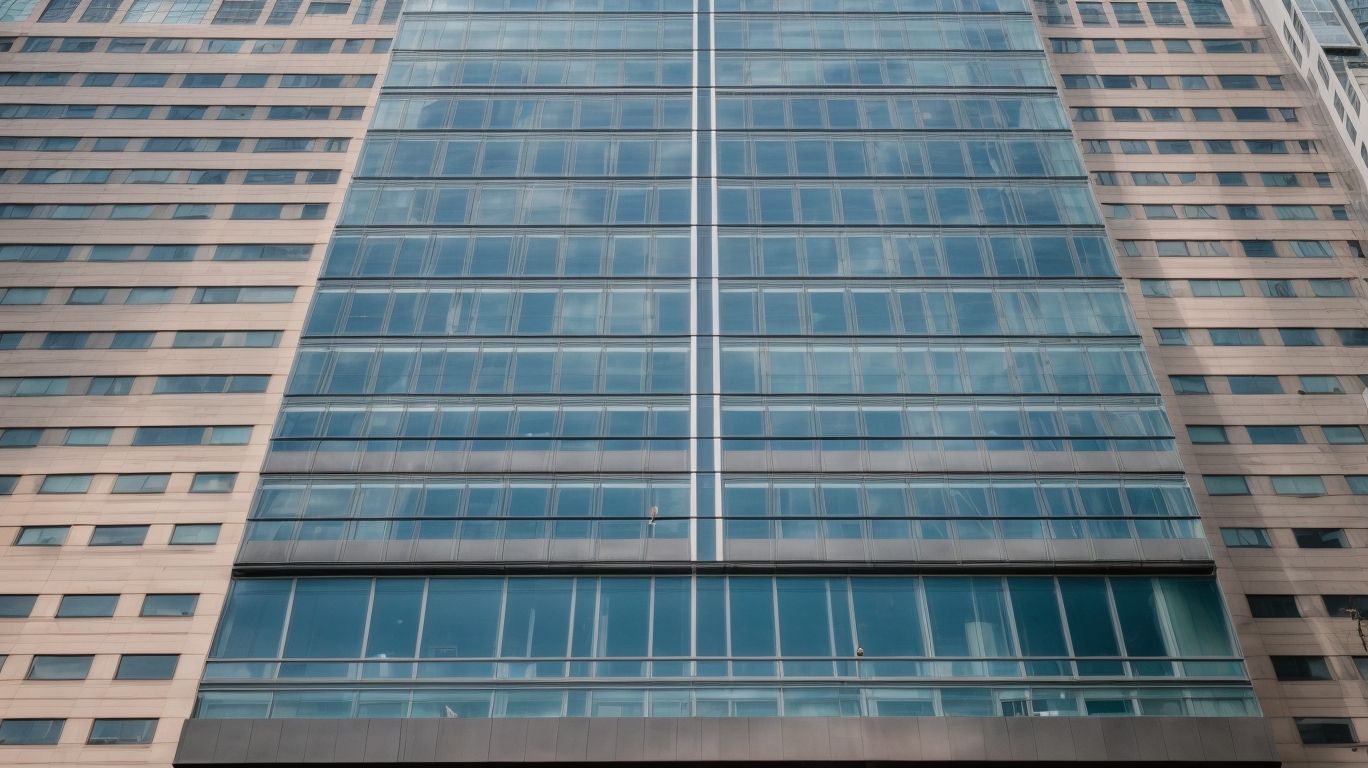

No Comments